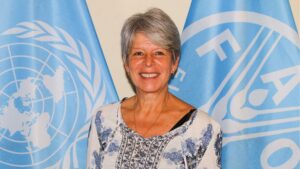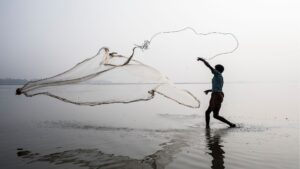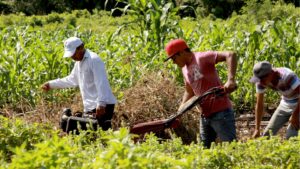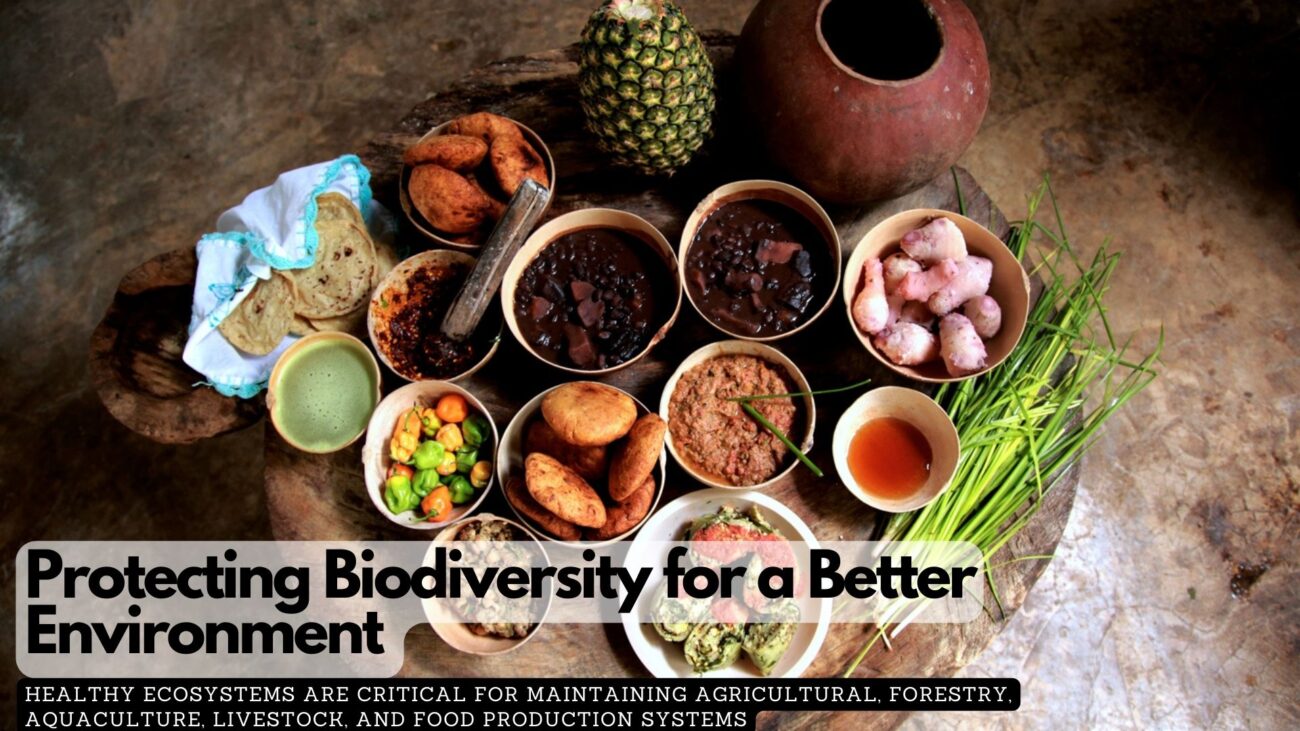Op-ed: Protecting Biodiversity for a Better Environment
By Hivy Ortiz Chour, Better Environment Officer. Food and Agriculture Organization of the United Nations (FAO), for Latin America and the Caribbean.
Biodiversity is essential for life on our planet. Despite the technological advances of today’s world, human beings will always depend on healthy ecosystems for water, food, medicine, clothing, fuel, shelter, and energy, among other essential elements.
Healthy ecosystems are critical for maintaining agricultural, forestry, aquaculture, livestock, and food production systems, combating climate change, reducing the risk of pandemics, and protecting livelihoods. Failure to protect biodiversity, especially when agricultural practices that ignore the natural environment are promoted, puts our well-being and future at risk.

Hivy Ortiz Chour, Better Environment Officer. Food and Agriculture Organization of the United Nations (FAO), for Latin America and the Caribbean.
This year’s celebration of International Biodiversity Day calls on us to “Be part of the plan” and seeks to motivate governments, indigenous peoples, local communities, NGOs, legislators, businesses, and citizens to actively collaborate in implementing the Biodiversity Plan approved at COP15, sharing their contributions and committing to the cause. Everyone has an essential role to play and can contribute to the plan’s success.
The Convention on Biological Diversity has mandated the Food and Agriculture Organization of the United Nations (FAO) to integrate biodiversity use and conservation criteria into production systems. This means agricultural systems must be analyzed in an integrated manner, considering soil, water, living organisms, biological corridors, and pollinators. All of these are essential for achieving efficient production systems that generate well-being for communities.

A fisher at work in the River Tista in Panjarbhanga, Bangladesh
FAO must ensure these aspects, and the ministers of agriculture at the last Regional Conference, the main governing body of the Organization in Latin America and the Caribbean, stressed the importance of promoting more sustainable and resilient agriculture.
This issue will undoubtedly be central to the COP16 on Biodiversity, which will begin on October 21 in Cali, Colombia. At the event, the 196 participating countries must commit to the 23 targets of the Kunming-Montreal Global Framework, signed two years ago in Canada, to restore ecosystems.
FAO promotes a solid work agenda of sustainable production practices in various regions. In Brazil, the REDESER project promotes sustainable agroforestry management to conserve biodiversity and improve local livelihoods. In Chile, the +Bosques project focuses on restoring native biodiversity, reducing emissions, and recovering landscapes. In Guatemala, forested land is being reclaimed, and natural forests are being managed.
In Honduras, progress is being made in creating a biological corridor connecting protected areas, facilitating wildlife movement, and promoting conservation. With FAO support in Paraguay, the Ava Guarani indigenous people are planting yerba mate trees to preserve their tradition and protect the environment.

key aim of the FAO-GEF project was revitalising the milpa farming system, giving farmers a sense of recognition for their production. Left/top: © Ivan Lowenberg.
In Peru, FAO is leading projects for sustainable management and restoration of dry forests on the northern coast and initiatives in the Amazon forests. In Venezuela, the project Conservation and the sustainable use of biological diversity in the Caroni River basin seeks to strengthen capacities for the sustainable use of the landscape.
FAO also promotes technical cooperation in protected areas and the creation of networks to address common challenges in the region, such as forest health and invasive species, among other initiatives.
Preserving, restoring, and sustainably using biodiversity is a monumental task that requires the commitment of all sectors: governments, civil society, and the private sector must work together to ensure a sustainable future for our planet.
It is time to move from agreement to action to ensure a healthier and more prosperous world for future generations. A Better Environment is key to Better Production, Better Nutrition, and Better Life, leaving no one behind.





Facebook Comments